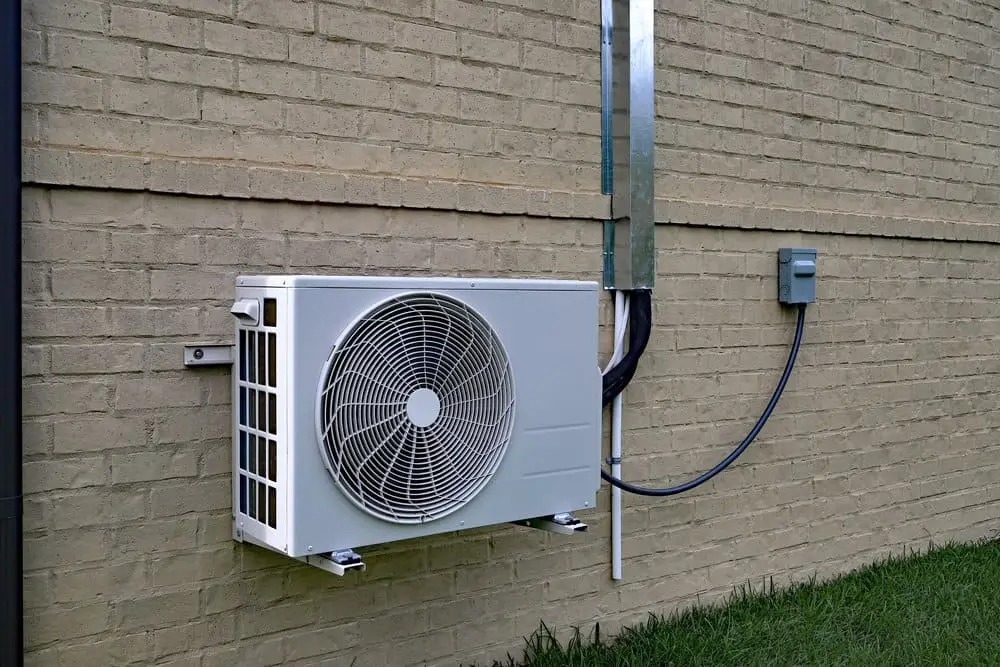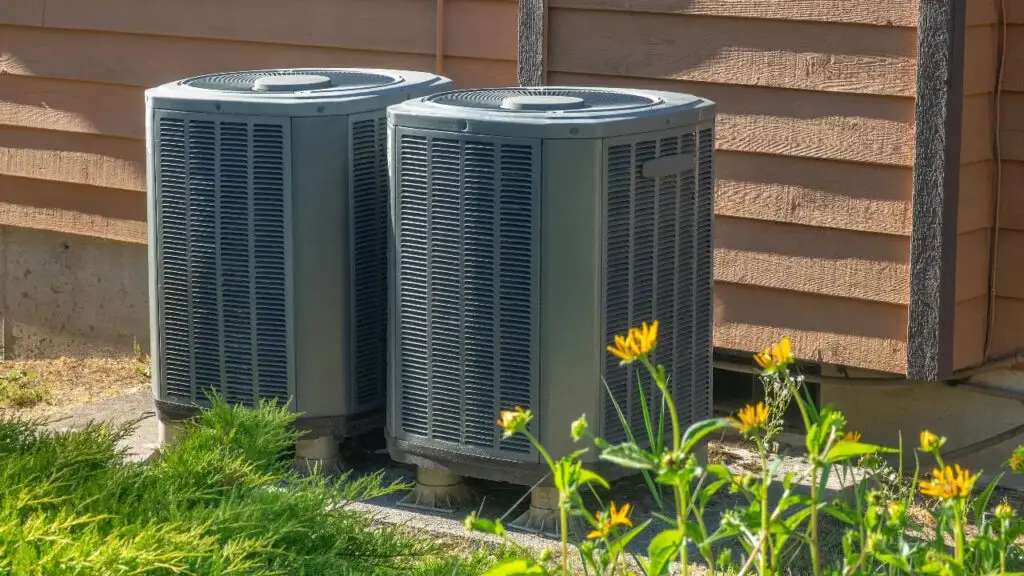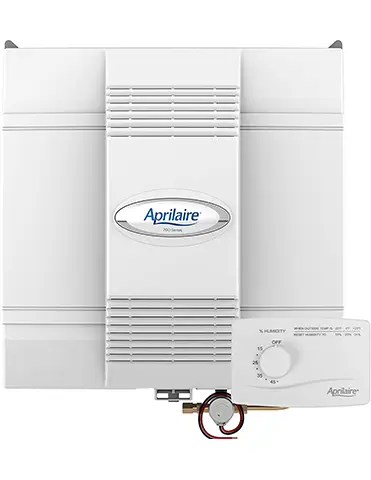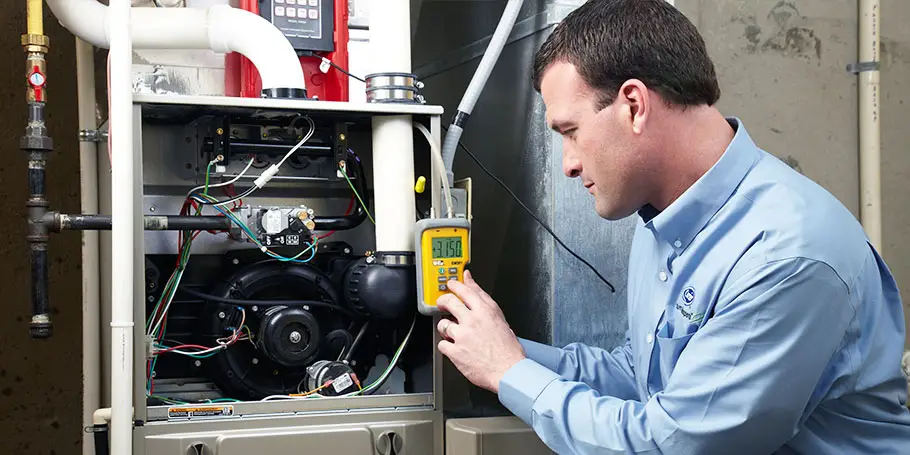When it comes to home cooling system options, two of the most popular choices are ductless mini-splits and central air conditioning systems. Both have unique advantages and drawbacks, and the best option for your home depends on factors such as your budget, energy efficiency goals, and specific cooling needs. In this article, we will compare ductless mini-splits vs. central air, examining their pros and cons to help you make an informed decision.

What Are Ductless Mini-Splits?
Ductless mini-split systems are modern HVAC solutions that consist of an outdoor compressor unit and one or more indoor air-handling units. These systems do not rely on ductwork, making them ideal for homes without pre-existing ducts or for targeted cooling in specific areas.
Pros of Ductless Mini-Splits
- Energy Efficiency:
- One of the biggest ductless air conditioning benefits is their energy efficiency. By avoiding energy losses associated with ductwork, these systems can deliver more effective cooling.
- Mini-splits allow for zoned cooling, so you can cool only the areas you use, further enhancing energy efficiency.
- Flexible Installation:
- Ductless systems are easy to install and require minimal disruption to your home. Their versatility makes them suitable for older homes, home additions, or rooms without duct access.
- Cost Savings Over Time:
- While the ductless mini-split installation cost may be higher upfront, the energy savings over time can offset the initial expense. For homeowners focused on reducing long-term costs, this is a significant advantage.
- Quiet Operation:
- Mini-split systems are designed to operate quietly, making them ideal for bedrooms and other spaces where noise levels matter.
Cons of Ductless Mini-Splits
- Higher Initial Cost:
- Compared to some other cooling systems, the upfront cost of ductless mini-splits can be a deterrent for budget-conscious homeowners.
- Aesthetic Concerns:
- The indoor air-handling units are visible and may not blend well with some interior designs.
- Maintenance Requirements:
- Regular maintenance, including cleaning filters and servicing units, is necessary to ensure optimal performance. For tips on keeping your AC system in top shape, read our article on why annual AC maintenance is important.

What Is Central Air Conditioning?
Central air conditioning systems are traditional HVAC solutions that use a network of ducts to distribute cooled air throughout a home. These systems rely on a single outdoor unit connected to a central duct system.
Central Air Conditioning Advantages
- Whole-Home Cooling:
- Central air systems are ideal for cooling large homes evenly, providing consistent comfort in every room.
- Aesthetics:
- Unlike ductless systems, central air does not require visible indoor units, preserving the interior design of your home.
- Cost-Effective for Large Homes:
- For homes with existing ductwork, central air can be more cost-effective than installing multiple mini-split units.
- Air Filtration:
- Central air systems often include air filtration capabilities, improving indoor air quality by reducing dust, allergens, and pollutants.
Drawbacks of Central Air
- Energy Loss:
- A significant disadvantage is the energy loss that occurs through ductwork, which can account for up to 30% of energy use in some systems.
- Higher Utility Bills:
- Because they cool the entire home, central air systems can lead to higher energy costs, especially if you only use certain areas of your home.
- Duct Maintenance:
- Dirty or damaged ducts can reduce system efficiency and increase repair costs. For help deciding whether to repair or replace your AC, consult a professional technician.
- Installation Complexity:
- Installing central air in a home without existing ducts can be expensive and disruptive.
Comparing Ductless Mini-Splits and Central Air
When deciding between ductless mini-splits vs. central air, consider the following:
- Energy Efficiency in HVAC Systems:
- Mini-splits are generally more energy-efficient because they eliminate duct losses and allow for zoned cooling.
- Central air systems may be less efficient but are better for consistent cooling throughout large spaces.
- Upfront and Long-Term Costs:
- Mini-splits have a higher initial cost but may save money over time through lower energy bills.
- Central air is more cost-effective for homes with existing ductwork but can become costly if ducts need extensive repairs.
- Aesthetic Preferences:
- If you prefer a discreet system, central air might be the better option. However, mini-splits’ sleek designs can fit modern aesthetics.
- Flexibility and Control:
- Mini-splits offer superior control with zoning capabilities, making them ideal for multi-level homes or properties with varying cooling needs.
- Maintenance and Durability:
- Both systems require regular maintenance, but ductless mini-splits may have more frequent filter cleaning requirements. If your AC is not performing as expected, learn more about Why Is My AC Blowing Hot Air?.
Choosing the Right Cooling System
The right cooling system for your home depends on your unique needs. Consider factors such as:
- Your Home Size: Central air is better for large homes, while mini-splits excel in smaller or zoned spaces.
- Your Budget: Assess both upfront costs and long-term savings potential.
- Energy Goals: Mini-splits are ideal for those prioritizing energy efficiency.
- Future Plans: If you plan to add more cooling zones, mini-splits are easier to expand.
Conclusion
Choosing between ductless mini-splits vs. central air depends on your specific needs, preferences, and budget. Both systems have their unique advantages, from the flexibility and energy efficiency of mini-splits to the whole-home cooling and discreet design of central air systems. To make the best decision, consult an AC installation contractor to evaluate your home’s requirements and discuss the best options for your lifestyle.



